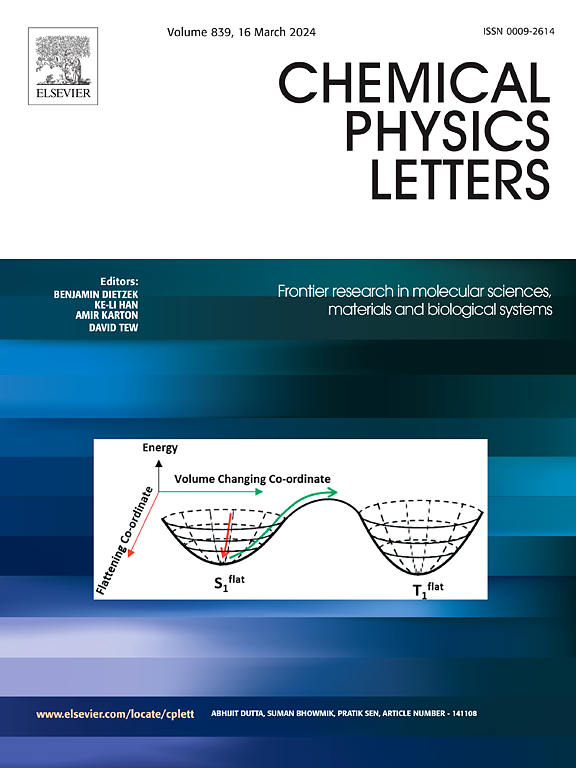The influence of Zr, Hf, Ti and Sc on the lattice vibration, mechanical, tensile stress-strain, electronic and optical properties of Al4C3 from first-principles calculations
IF 2.8
3区 化学
Q3 CHEMISTRY, PHYSICAL
引用次数: 0
Abstract
In this work, first-principles simulations were used to examine the structural, electrical and optical characteristics of the doping of transition metal atoms for Al4C3. The effects of Hf, Sc, Ti and Zr on the mechanical, electronic and optical properties of Al4C3 were further studied. The mechanical and dynamic stability of Al4C3 was verified by elastic constants (Cijs) and phonon dispersions. Because the elastic constants satisfy the Bonn stability criterion and the phonon spectrum has no imaginary frequency in the Brillouin zone. The doping of transition metal atoms will lead to the deterioration of the mechanical properties of Al4C3 system, but the ductility of the system is enhanced. In addition, the addition of Hf, Sc, Ti and Zr can improve the electronic transition between the valence band and the conduction band, enhance the conductivity of Al4C3. In particular, through the analysis of the energy loss function, the alloying elements Hf, Sc, Ti, and Zr enhance the optical storage capabilities of Al4C3.

求助全文
约1分钟内获得全文
求助全文
来源期刊

Chemical Physics Letters
化学-物理:原子、分子和化学物理
CiteScore
5.70
自引率
3.60%
发文量
798
审稿时长
33 days
期刊介绍:
Chemical Physics Letters has an open access mirror journal, Chemical Physics Letters: X, sharing the same aims and scope, editorial team, submission system and rigorous peer review.
Chemical Physics Letters publishes brief reports on molecules, interfaces, condensed phases, nanomaterials and nanostructures, polymers, biomolecular systems, and energy conversion and storage.
Criteria for publication are quality, urgency and impact. Further, experimental results reported in the journal have direct relevance for theory, and theoretical developments or non-routine computations relate directly to experiment. Manuscripts must satisfy these criteria and should not be minor extensions of previous work.
 求助内容:
求助内容: 应助结果提醒方式:
应助结果提醒方式:


